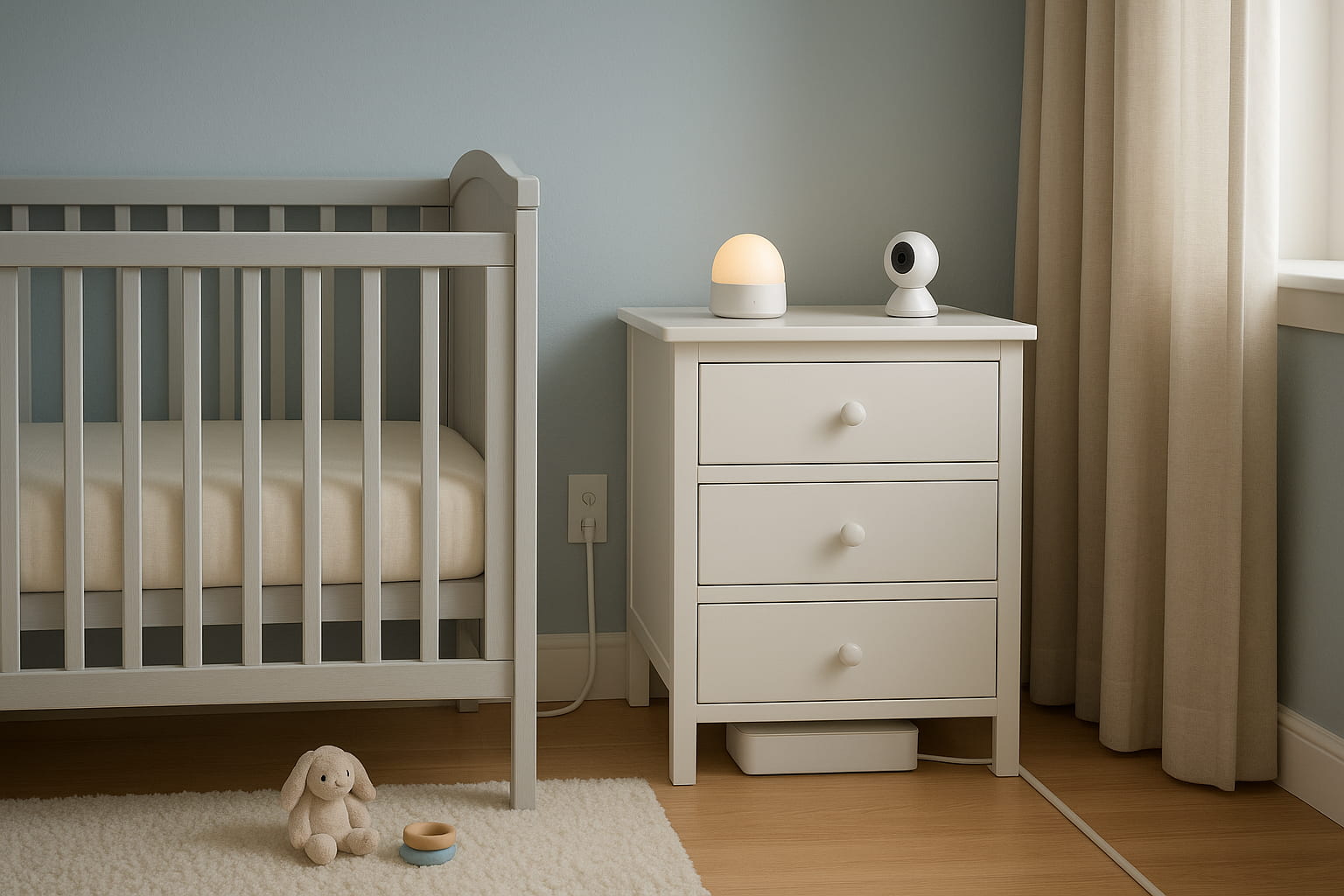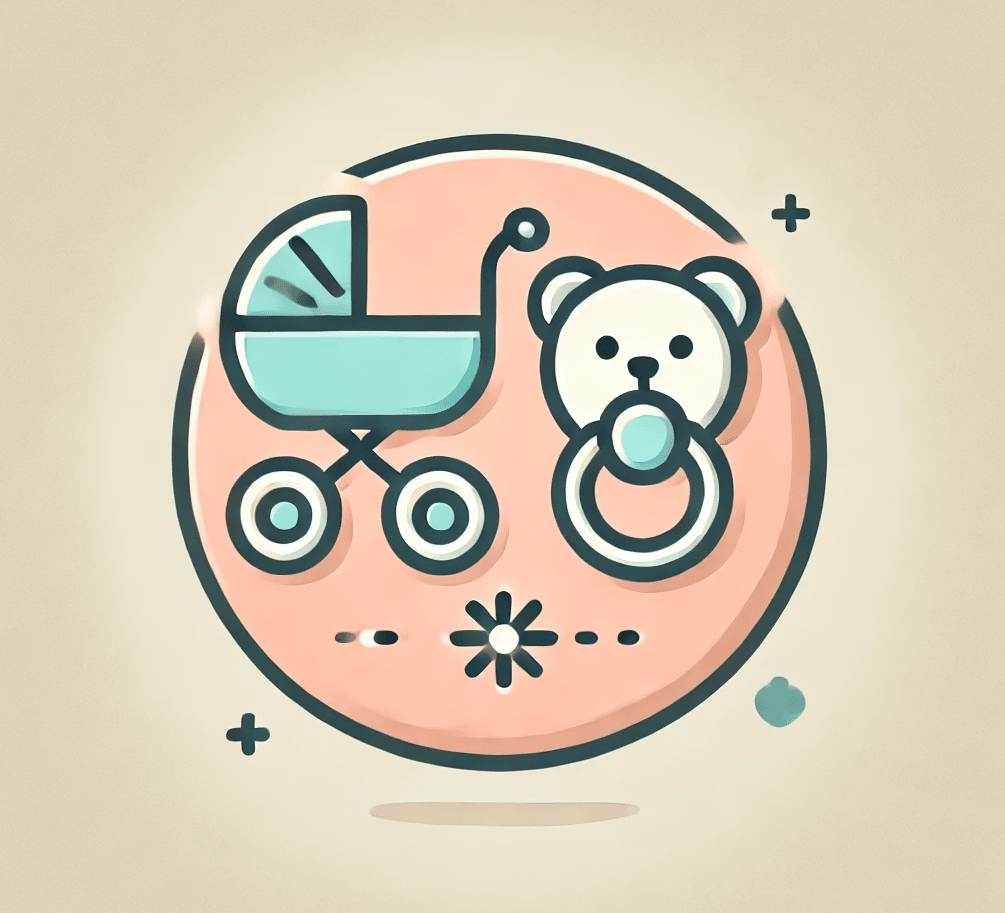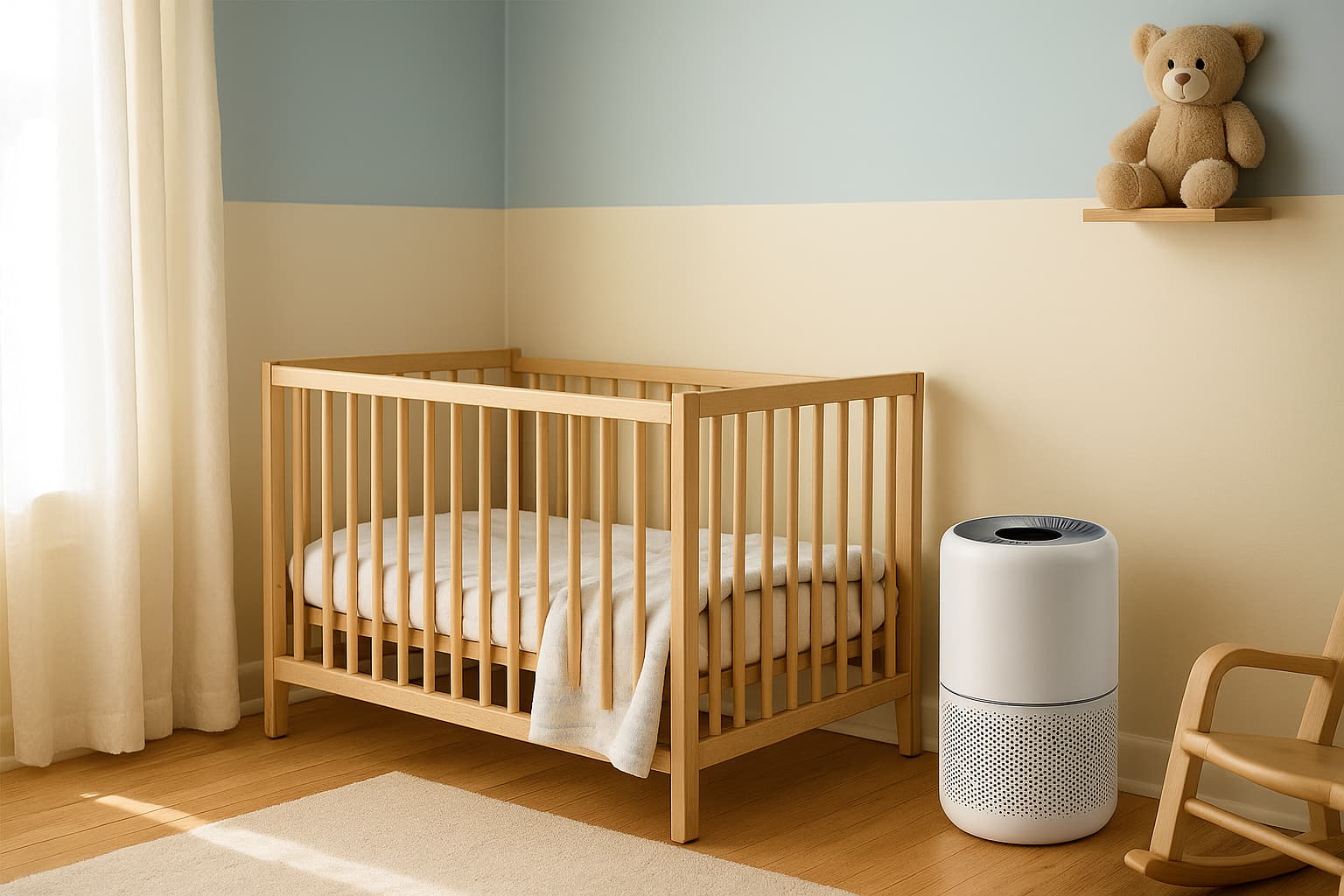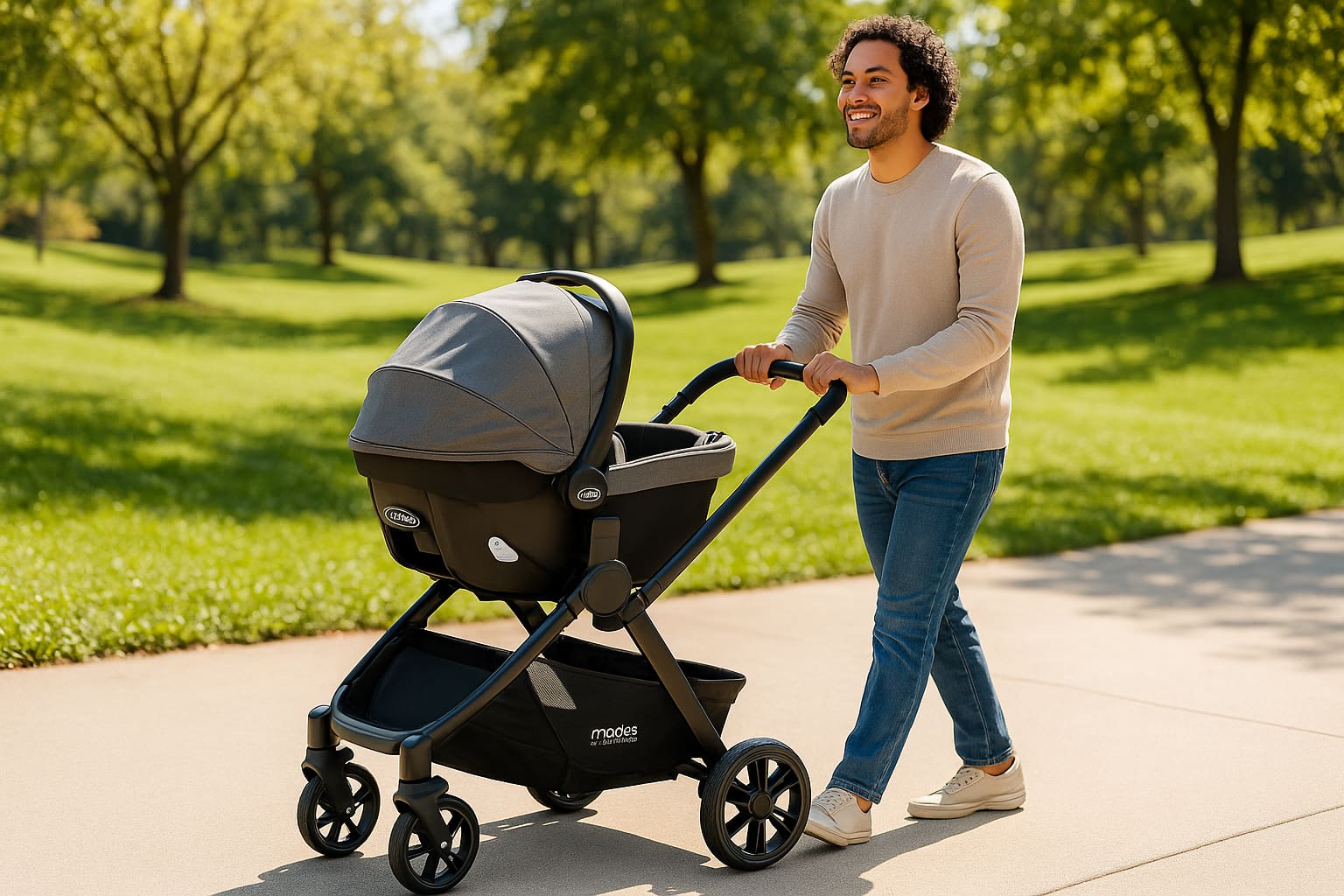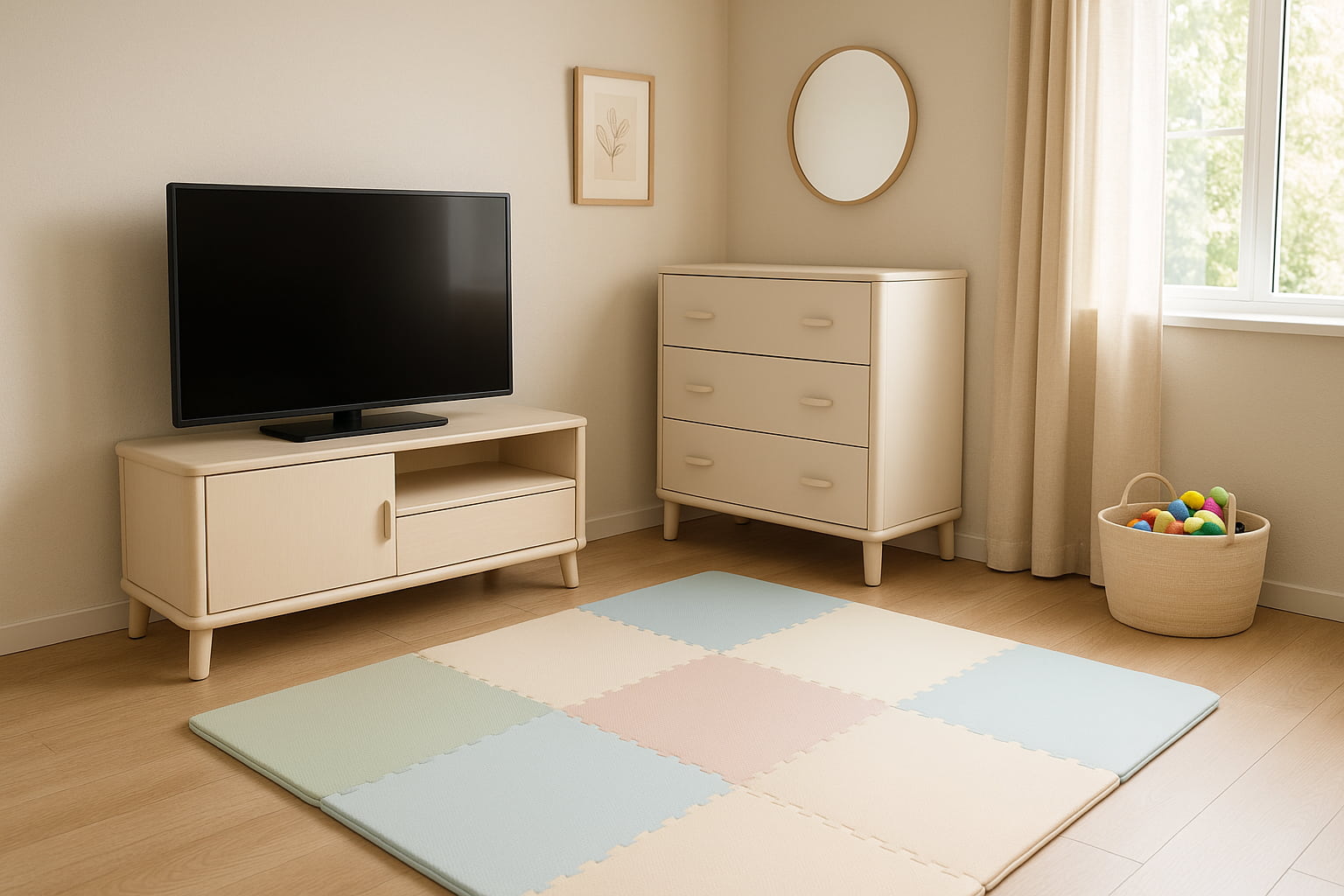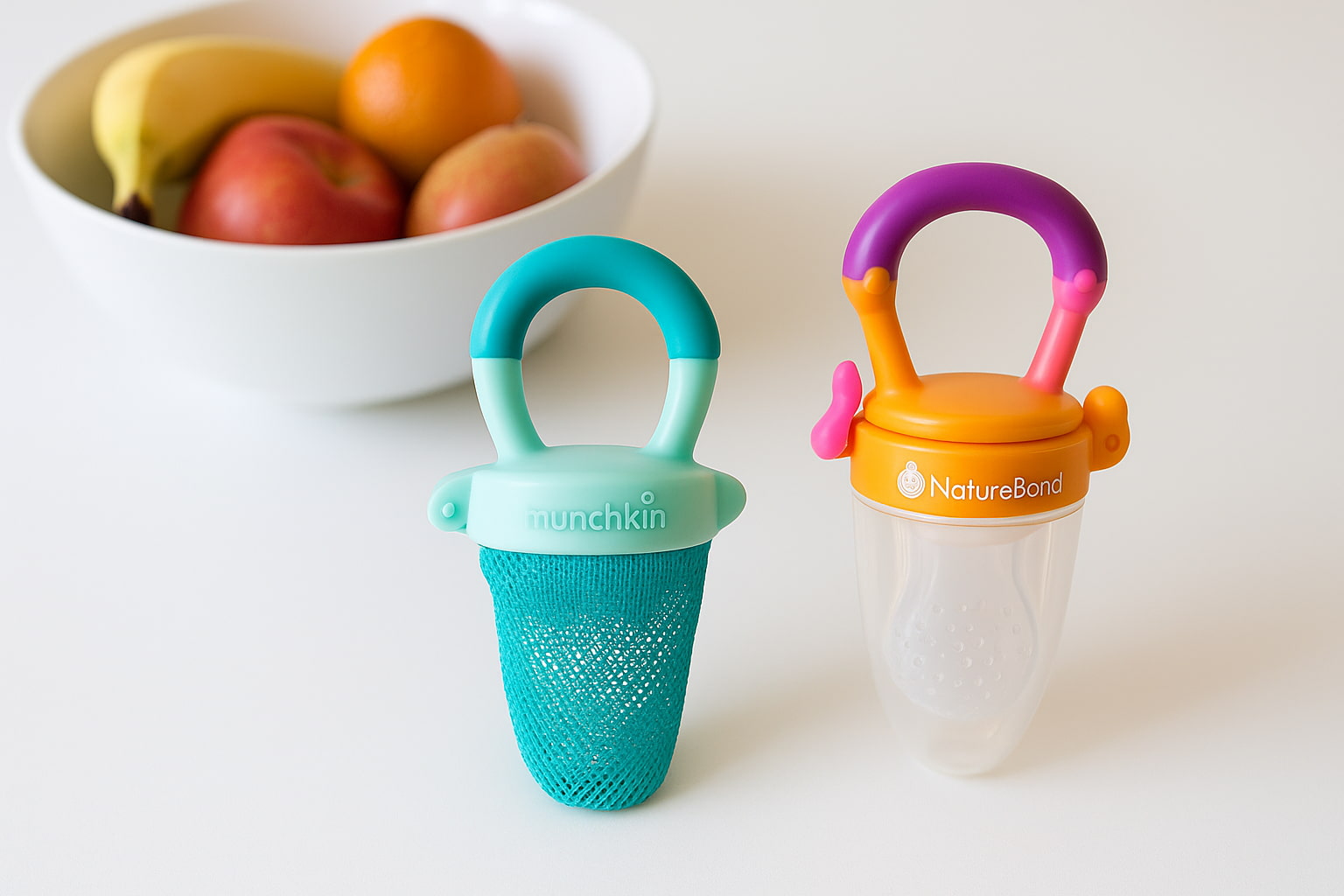Cords might seem harmless, but in a baby’s room, they can be one of the biggest hidden dangers.
An exposed wire or overloaded outlet is not just messy; it’s a real risk for fires, shocks, or trips.
Electricians see these hazards every day. They know how quickly a frayed cord can spark or how a dangling wire can tempt curious little hands. That’s why their advice is so valuable; it’s based on real-life safety issues, not just theory.
With the right nursery cord management tips, you can:
🔸 Keep cords out of reach of tiny fingers
🔸 Reduce the risk of electrical fires
🔸 Create a clutter-free and calming space for your baby
A safe nursery starts with good planning, and electricians can help you get it right from day one.
⚡ Common Cord Hazards in a Baby’s Room
Not all cord dangers are obvious at first glance. Some hazards are hidden behind furniture, while others come from everyday baby gear you use without a second thought.
Electricians warn parents about these common problems:
❌ Loose extension cords running across the floor, easy for babies to pull or trip on.
❌ Cords behind cribs or dressers, babies can reach through gaps and grab them.
❌ Too many baby gadgets like warmers, monitors, and nightlights can overload outlets.
❌ Damaged cords with exposed wires, which can cause sparks or overheating.
➡ Want to understand why electrical safety is crucial for families? Check our guide: Why Baby-Proofing Electrical & Fire Hazards Is Essential.
🪛 How to Plan Cord Placement in the Nursery
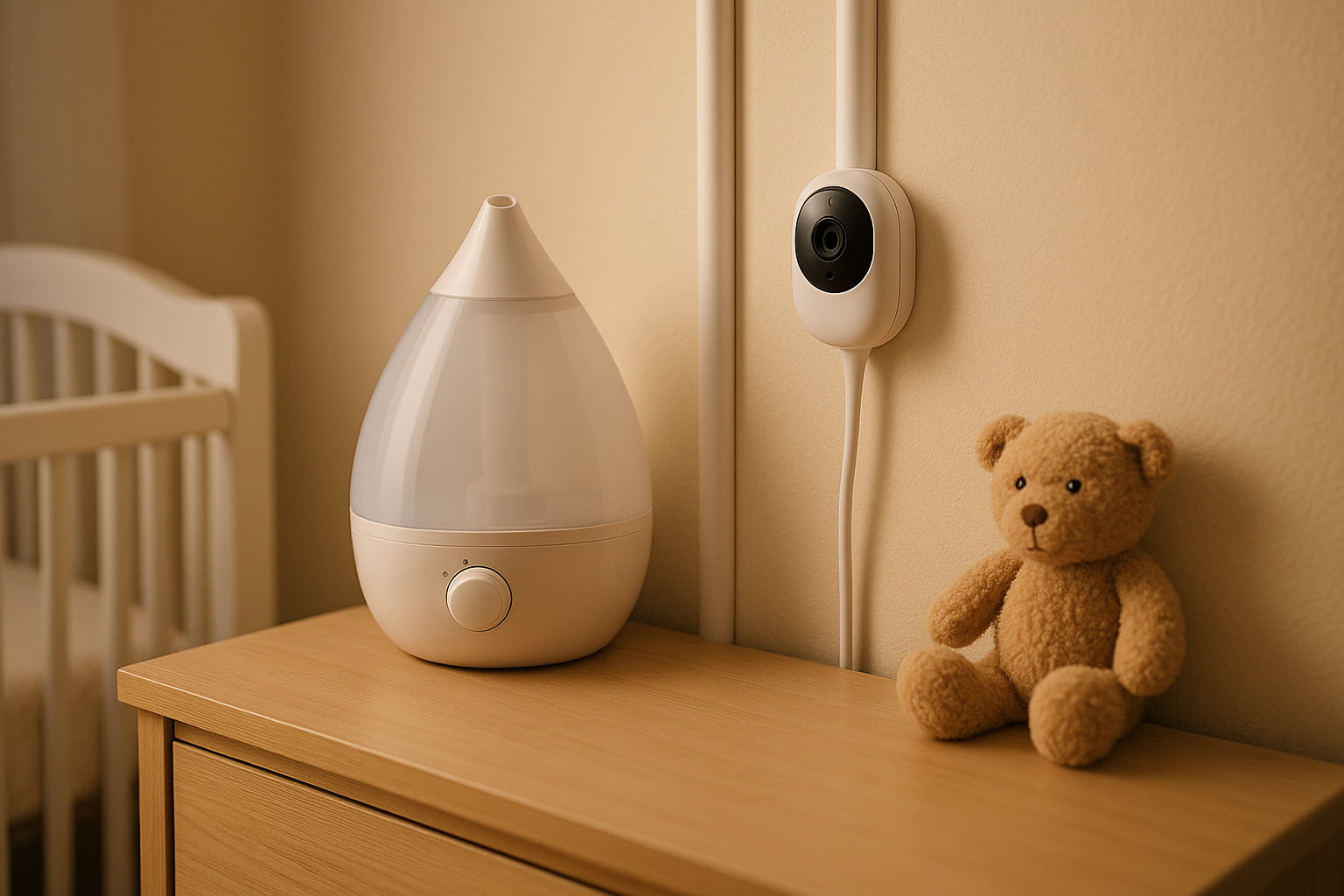
Smart cord placement is the foundation of nursery safety. Before you start moving furniture or buying covers, take time to map out where every device will go. This prevents cords from crossing open spaces or sitting within a baby’s reach.
Here’s how electricians suggest you plan it:
✔ Position furniture strategically so outlets are behind heavy, stable pieces like dressers.
✔ Measure cord lengths before setup to avoid stretching or dangling wires.
✔Use the shortest cord possible for each device to limit slack.
✔ Group powered items in one safe area instead of spreading them across the room.
🪫 Managing Baby Monitor and Nightlight Cords Safely
Baby monitors and nightlights are nursery essentials, but their cords can pose serious hazards if left loose or exposed. A crawling baby can grab, pull, or chew on them, leading to risks you might not expect.
Electricians recommend these simple steps:
✔ Secure cords along the wall using adhesive cord clips or raceways.
✔ Keep devices high and out of reach, ideally mounted on shelves or brackets.
✔ Avoid running cords over cribs or playpens, even if they seem secure.
✔ Use outlet covers where cords are plugged in to prevent tiny fingers from reaching the socket.
🏠 Keeping Cords Away from High-Traffic Baby Zones
In busy areas of the nursery, loose cords can quickly become tangled in toys, furniture, or even your baby’s movements. These spots, near play mats, reading nooks, or changing tables, require extra attention to keep things safe and clutter-free.
Electricians suggest:
✔ Avoid placing power strips where your baby crawls or plays.
✔ To conceal extra cords, bundle them and store them in cord boxes.
✔ Route cords behind furniture so they’re harder to reach.
✔ Regularly check these zones for new hazards as your baby grows more mobile.
➡ Need more ideas for keeping high-traffic areas safe? Don’t miss our Outlet Enclosure vs Strip Covers: 5 Key Differences Parents Must Know.
🔌 Safe Extension Cord Use in Baby Rooms
Extension cords may seem like an easy fix for hard‑to‑reach outlets. But in a nursery, they can be dangerous if not used the right way. Electricians say safety should always come first, especially when a curious baby is nearby.
Here’s how to keep them safe:
✔ Use only heavy-duty, UL-listed cords for extra protection.
✔ Keep cords short to avoid tangling and overheating.
✔ Never run cords under rugs; this traps heat and can start a fire.
✔ Secure cords along walls or baseboards using cord covers to keep them out of reach.
If you use many extension cords in the nursery, it’s a sign you may need more outlets. A licensed electrician can install them to keep things safe for the long term.
🧰 Using Cord Covers for Safer Nursery Setup
One of the most effective nursery cord management tips from electricians is to install cord covers. They don’t just hide cords; they create a physical barrier between your baby and dangerous wires. This keeps the room neat while reducing trip and fire hazards.
When picking cord covers for a baby’s room, check the following:
✔ Durable, chew-resistant materials that can withstand curious toddlers.
✔ Colors that match your nursery décor so safety doesn’t disrupt the design.
✔ Length and flexibility to fit behind cribs, dressers, and play areas.
✔ Easy installation with adhesive backing or screws for extra security.
Cord covers are a one-time investment that can last for years, making them a smart and affordable safety upgrade.
📦 Organizing Power Strips and Adapters in the Nursery
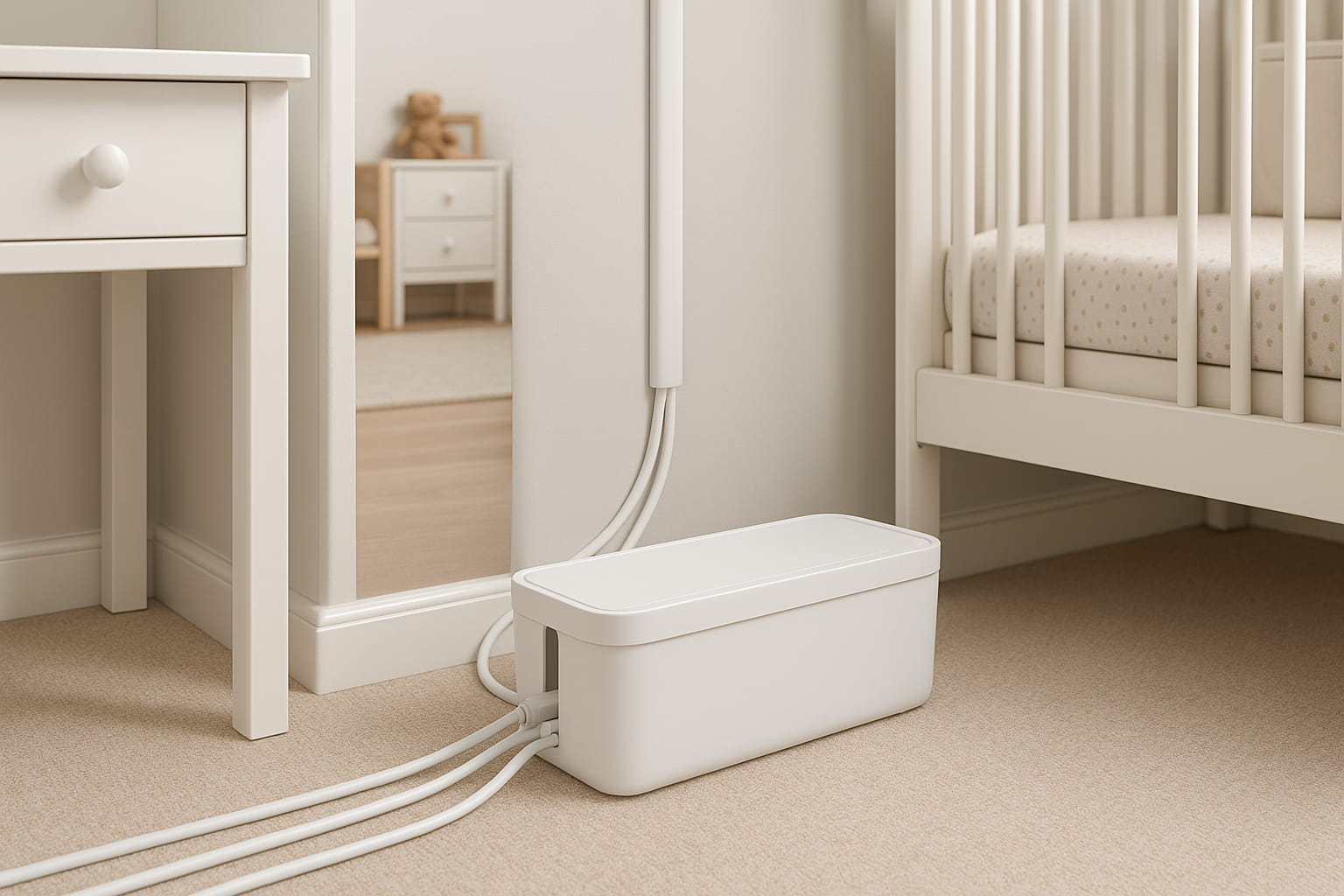
Power strips and bulky adapters are often overlooked, yet they’re a major hazard in nurseries. Loose cords can attract curious hands, while overloaded strips can overheat and spark. Electricians stress that proper organization is key to safety.
Here’s how to manage them effectively:
✔ Use a power strip cover box to fully enclose strips and keep plugs out of sight.
✔ Avoid daisy-chaining (plugging one strip into another), as this can cause overheating.
✔ Check connections regularly for loose plugs or frayed cords.
✔ Use cord management boxes to safely enclose power strips and keep them out of your baby’s sight and reach.
Keeping power strips organized not only prevents accidents but also extends the life of your devices.
➡ If you’re unsure which style is safest, see our Safety 1st Power Strip Cover for Babyproofing Review
🔍 Inspecting Cords for Wear and Tear in the Nursery
Frayed, cracked, or damaged cords are one of the most common causes of electrical fires, and they’re surprisingly easy to miss. In a nursery, where multiple devices run daily, small signs of wear can quickly turn dangerous. Regular inspections are a must for safe nursery cord management.
Here’s what to check:
✔ Look for frays or splits in the cord’s outer covering.
✔ Inspect plugs and prongs for discoloration or warping; both can signal overheating.
✔ Feel for warmth along the cord while in use; heat may indicate overloading.
✔ Check behind cribs, shelves, and curtains for pinched or chewed cords.
Even a small tear in a cord’s casing can expose wiring, and that’s all it takes for a shock or fire to start.
🛠️ Safe Extension Cord Use in Baby Spaces
Extension cords might feel like a quick fix for hard-to-reach outlets, but they can be risky in nurseries. Poor placement or overuse can lead to overheating, tripping hazards, or even electrical fires. The right approach to extension cords is to treat them as temporary solutions and to manage them with care.
Tips for safer use in your nursery cord management plan:
✔ Choose heavy-duty cords with built-in surge protection for baby gear.
✔ Avoid daisy-chaining (plugging multiple cords together); it can overload the circuit.
✔ Keep cords off the floor where curious hands or feet can reach them.
✔ Use the shortest cord possible to reduce excess slack and heat build-up.
Used correctly, extension cords can be safe in baby spaces, but they should never replace proper outlet access or permanent wiring.
📊 Fact: Why Cord Management Matters in Nurseries
According to the Electrical Safety Foundation International (ESFI), more than 2,400 children in the U.S. are treated in emergency rooms each year due to injuries involving electrical outlets and cords. In nurseries, these risks can increase if cords are left exposed near cribs, play areas, or changing tables.
🪛 Installing Cord Covers for Long-Term Safety
Cord covers are one of the simplest and most effective tools for nursery cord management tips. They protect cords from damage, keep them out of a child’s reach, and make the room look tidier. When installed correctly, they can last for years with minimal upkeep.
Steps to make installation safe and effective:
✔ Measure before you buy so the cover fits your wall or floor space perfectly.
✔ Clean the surface where the adhesive or screws will go; dust weakens the hold.
✔ Follow manufacturer instructions for screws or adhesive strips to prevent wall damage.
✔ Secure all edges and joints so small fingers can’t pry them open.
Properly installed cord covers can make your nursery both safer and more organized, a win-win for parents and babies.
➡ Want more ways to baby-proof your electrical setup? Check out our guide Best Outlet Covers for Baby Safety in 2025
📋 Final Safety Checklist for Nursery Cord Management
Before calling the nursery “baby-ready,” it’s worth running through a quick checklist. This helps ensure no loose ends, literally, are left behind. A good nursery cord management tips routine should cover both daily habits and long-term solutions.
Here’s a practical end-of-setup review:
🟢 All cords covered or hidden, no visible wires near the crib or play area.
🟢 Outlet covers installed, use tamper-resistant models or cord shorteners.
🟢 No cords under rugs, prevents overheating and tripping hazards.
🟢 Furniture placement checked, block access to outlets behind large pieces.
🟢 Smoke detector tested, ensure it’s functioning near the nursery..
A quick safety walk-through once a month can keep the nursery hazard-free without adding to your stress.
🧾 Final Verdict: Nursery Cord Management Tips Every Parent Can Trust
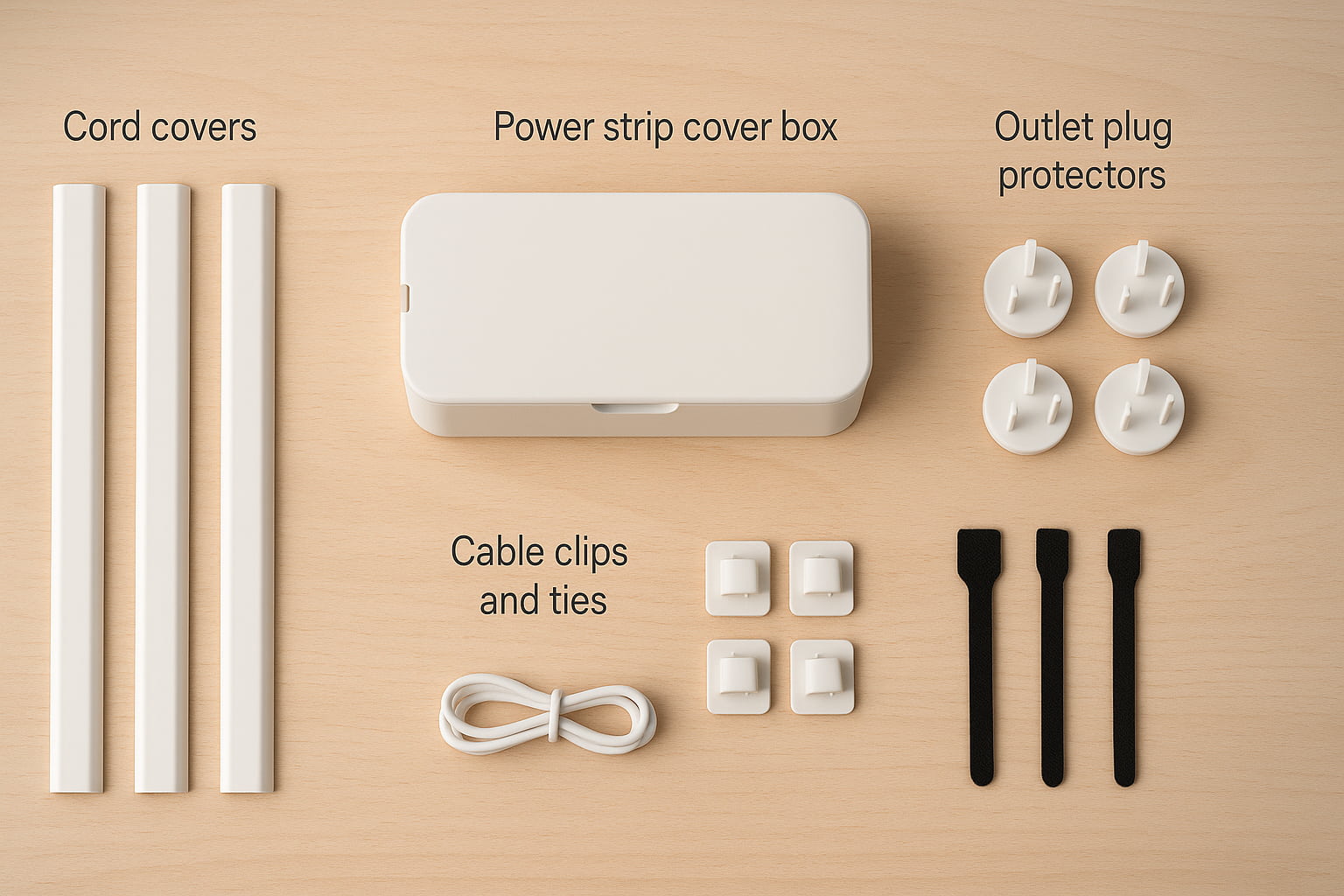
Keeping cords safe in your baby’s room isn’t just about neatness; it’s about preventing real dangers. Exposed cords can be pulled, chewed, or tangled by curious little hands. Worse, they can cause electrical shocks or pose strangulation risks.
By following these nursery cord management tips, you can create a safer, calmer environment for your child. Hide cords behind furniture, use covers for outlets, and choose products designed for child safety. Keep devices on stable surfaces and unplug anything not in use.
No single solution works for every home. The key is to look closely at your nursery layout and fix risks before they become accidents.
Small changes today can prevent big problems tomorrow. With the right tools, habits, and awareness, you can give your baby a room that’s both safe and peaceful, and enjoy peace of mind every time you step inside.
⚠️ Disclaimer:
This article is for educational purposes only. Always follow the instructions that come with safety products. If you have concerns about your wiring, talk to a licensed electrician. Your baby’s safety is in your hands, and expert help is the best way to keep the nursery free from hazards.
✍️ Writer Byline
Written by Find For Baby – Helping parents create safer, smarter homes through expert tips and real-world advice.
